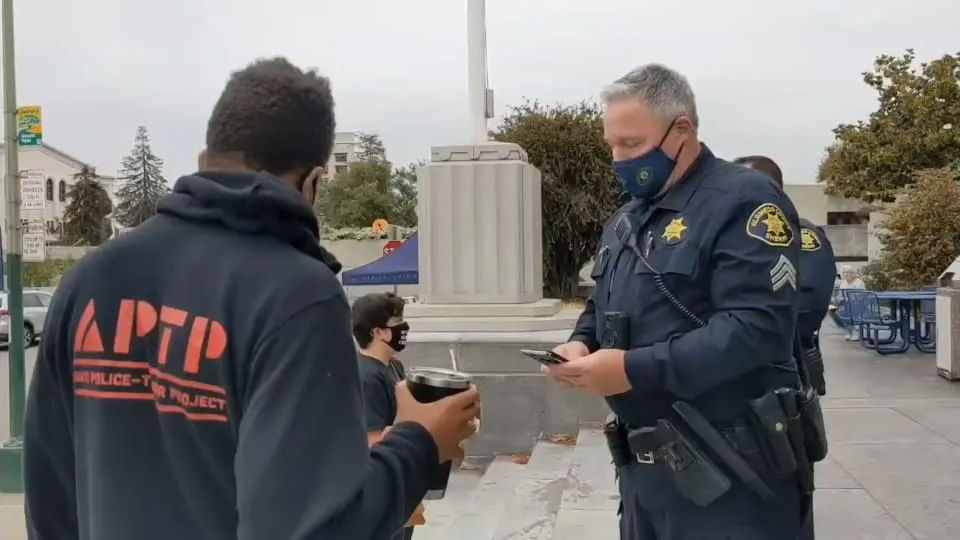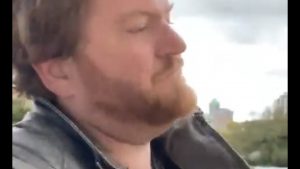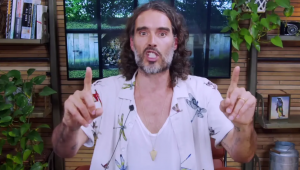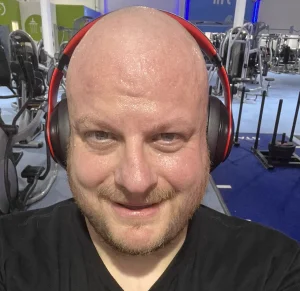Black Lives Matter protesters on June 29 gathered in front of the Alameda County courthouse before the hearing of a former police officer charged with murdering a black man in 2020.
As a protester was recording a video of an officer demanding the removal of a banner, the cop started playing Taylor Swift’s song ‘Blank Space’. The motive of playing the song was to get the video copyright flagged and eventually blocked from the platform.
Also read: Justice ain’t blind: Social media reacts to Derek Chauvin’s decades-long sentence
The video was eventually uploaded on YouTube, stirring controversy and going viral.
The caption of the video read, “He openly admitted that he did this because he knew the video recording of the interaction would get taken down from YouTube”.
Also Read | How George Floyd’s murder sparked anti-racism protests worldwide
This is a pattern
This is not the first time a police officer has tried to take down a video by exploiting the copyright claim rules.
A Beverly Hills cop played a song by the artist Sumble named ‘Santeria’ while the activist was recording the conversation over a ticket dispute. The video was uploaded by Sennett Devermont, reported Vice.
Previously, the Beatles’ song ‘In my Life’ has also been used to prevent a video from being live-streamed online.
Also Read | The death of George Floyd and a year of turmoil in US
According to an official statement, the police’s department does not have a policy that censors the use of music to copyright claim a video on YouTube. However, the sheriff’s office does not condone such behaviour. “There is a code of conduct on how we should carry ourselves in public”, added the spokesperson.
Cutting off free speech
The cop’s attempt to copyright strike a video in hopes that YouTube takes it down is a classic example of avoiding accountability. Not only are they exploiting the copyright laws but are also deafening one’s speech.
Also Read | George Floyd’s mural in Houston vandalised with racial slur
Lia Holland, campaigns and communications director at digital-rights group Fight for the Future, said in a statement, “the US must fundamentally reform our archaic and corrupt copyright system to put the interests of artists and the public first in the digital era”.
YouTube’s copyright policy
The platform uses an automated Content ID copyright-flagging system that searches for a reference link on new video uploads. If there is a match then YouTube hands over the ball to the Content ID owner who can either track, monetize or block the video.
Typically the videos are not blocked but just demonetized.







